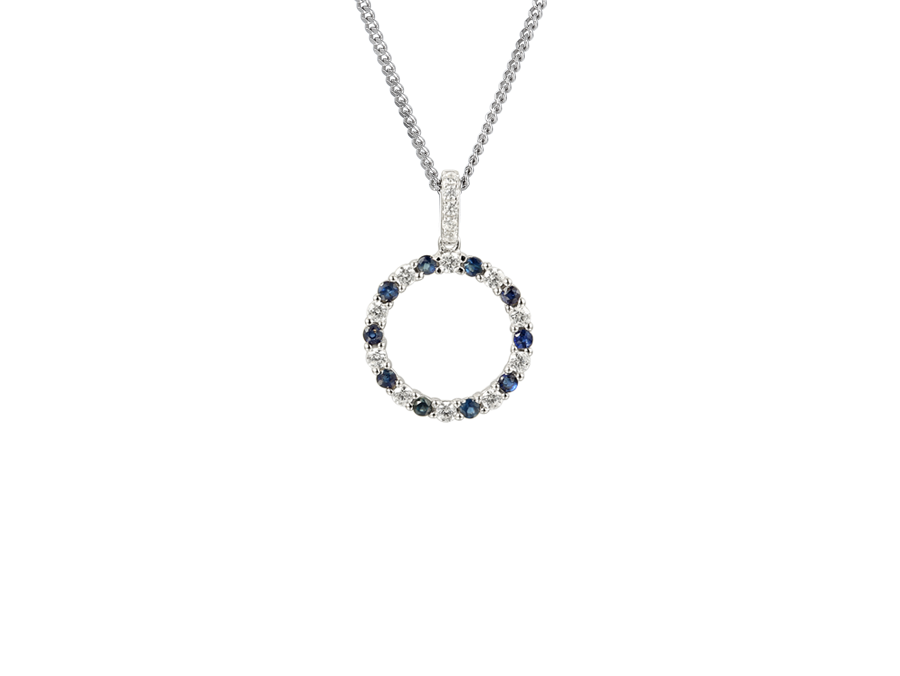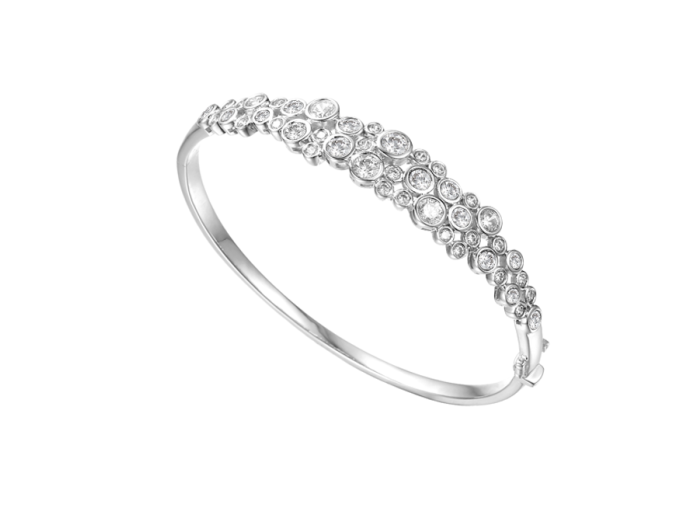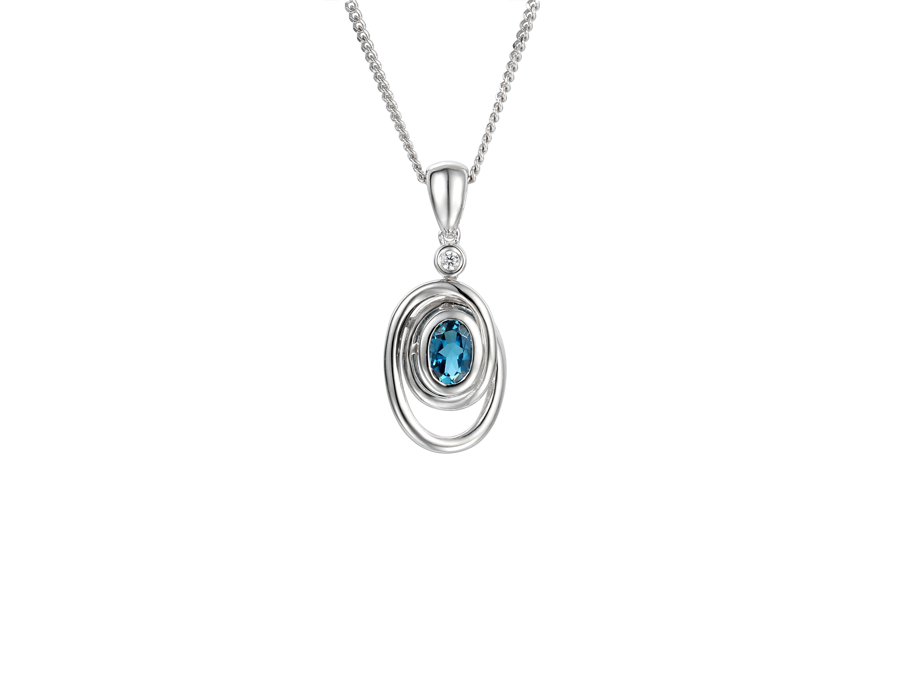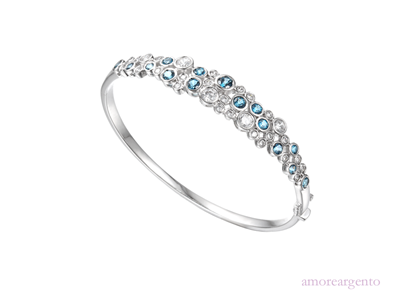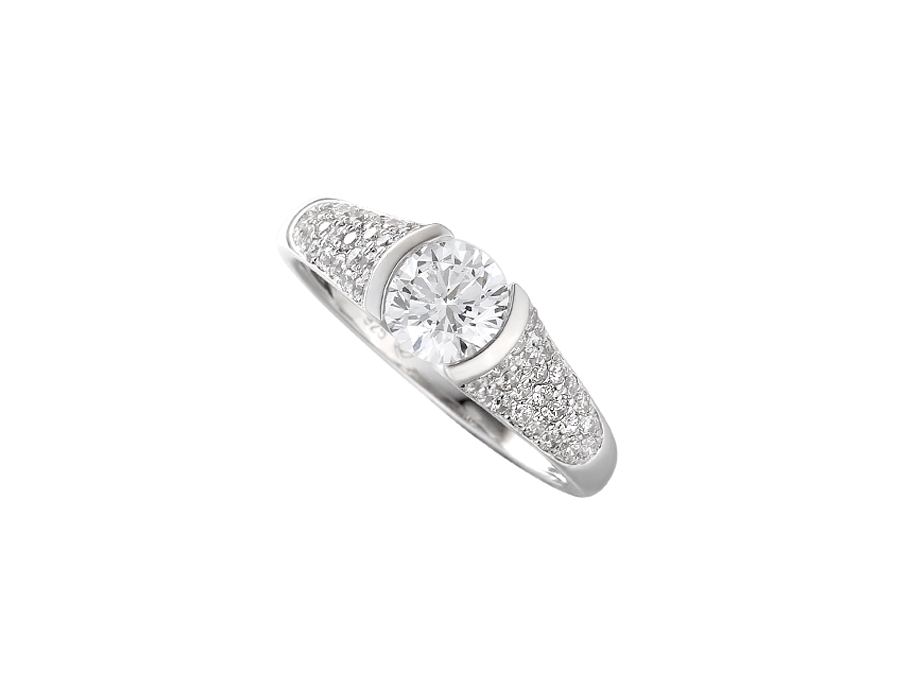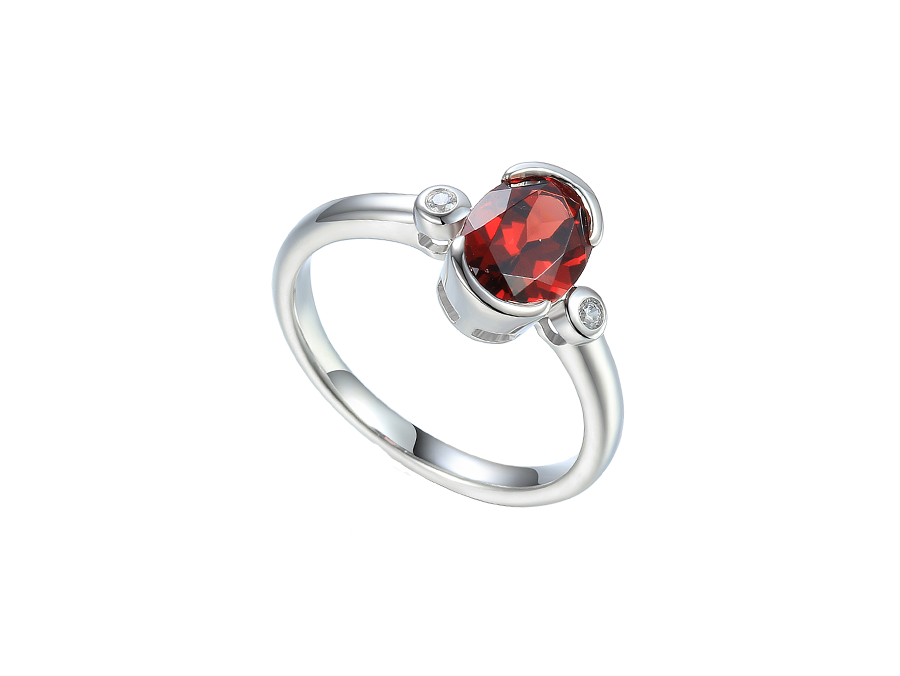We use cookies to make your experience better. To comply with the new e-Privacy directive, we need to ask for your consent to set the cookies. Learn more.
The History Of Necklaces
Necklaces are one of the first types of adornment early humans made. Two beads made from snail shells were found in Israel and were dated to over 100,000 years ago, and it is very likely that these were strung on a cord and worn as a necklace; at this time metal had not been discovered so it is unlikely that adorning the body involved any piercing at this stage, making a necklace the more likely explanation for the punctures made in the shells. The cord, made from organic material, has not survived.
In prehistoric times shells, feathers, stones and other natural materials were used to make necklaces and by the Bronze Age metal was starting to be used to make jewellery of different types. The first depictions of necklaces are from around 4,000 BC in the Middle East, where art and statues show human figures with adornments around the neck. As metal became more widely available and gemstones started to be discovered, these were worked into necklaces and by the Ancient Egyptian civilisation ornate necklaces with many different materials were worn by those of a high class.
Ancient Greeks and Romans wore detailed and colourful necklaces, while further west wider, choker style necklaces were favoured. At around 555 AD Christian iconography was seen in necklaces, with the cross symbol appearing as a pendant. Necklaces became more common again in the medieval times when necklines on clothing became lower, affording the opportunity to show off one's wealth in the form of a necklace. In the 1800's necklaces became very ornate, thanks to the very low necklines made popular in European courts. It was common to wear multiple necklaces and to continue the bejewelled look by pinning brooches and gems to dresses. Since then necklace trends have changed many times and in the modern world all sort of styles can be found on the high street and in high end jewellers alike.
Our Rainbow Cocktail necklace is in keeping with middle and late stage Ancient Greek styles with the plethora of coloured stones. At the time these new gemstones were a novelty and the ability to include many different colours in one piece gave rise to some very bold and bright pieces indeed, a style which is reflected tastefully in this piece and the matching earrings and ring.
Our Simply Sparkle Cross necklace is similar in style to the early examples of cross pendants which were common as Christianity spread across the western world. Although ours has more stones than many of the contemporary examples, which were made mainly with precious metals, the chunky cross design is evocative of the style of jewellery made at the time. Our other three cross necklaces are more dainty and similar to the styles of jewellery seen at earlier times – the Ancient Egyptians and Greeks were accomplished jewellers and metal smiths and many of the skills and techniques they developed are still used today.
We don't follow trends slavishly because in the modern world styles change so frequently pieces can date very quickly if they are too far into a particular style. Instead, we focus on creating jewellery which can be worn for many years and can be passed down to future generations, who will get just as much joy out of it as we do. Our necklaces are all on curb chains allowing them to be worn at different lengths, so they're easily adapted to changing neckline fashions and trends.








